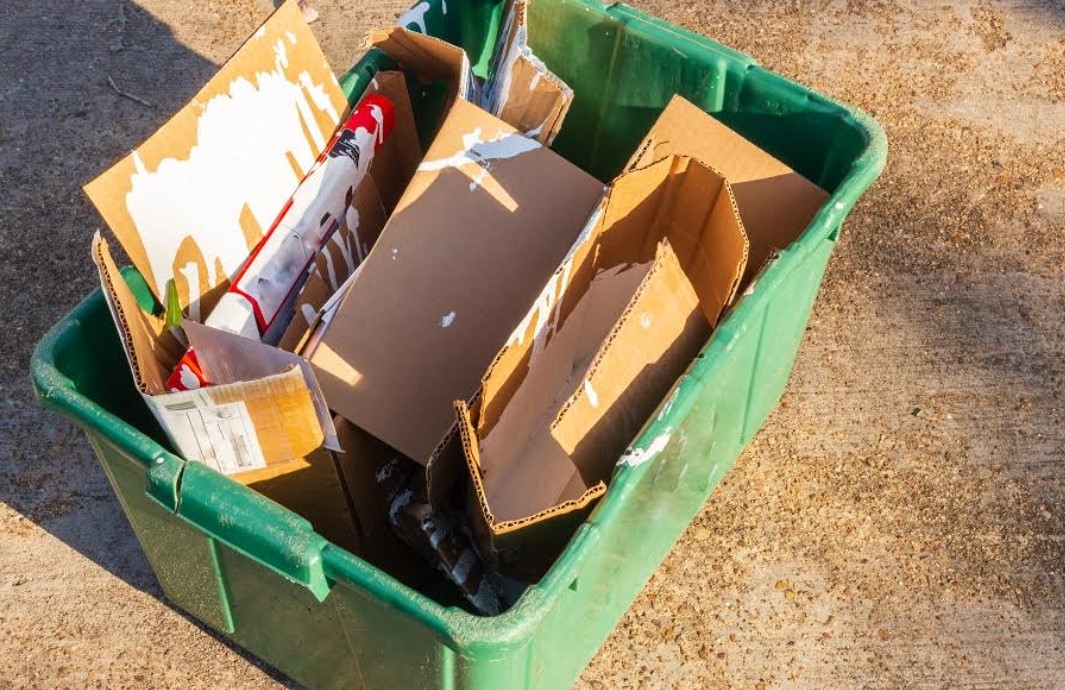Recycling proponents talk a lot about the amount of waste we generate in the modern era. That is not without reason. We generate far more waste in the 21st century than our great-grandparents did at the turn of the 20th century. But if we truly want to attack the problem head-on, we will have to face an uncomfortable truth: paper and food make up the lion’s share of the waste we generate.
If we want to eliminate waste in earnest, we need to start by eliminating paper and food waste. EPA statistics show that paper and food waste combine to account for almost 44% of the total municipal solid waste we generate. Paper and paperboard make up 23.05% while food makes up 21.59%. The third-placed item is plastic. It accounts for just 12.20%.
Not a Huge Problem
Our culture loves to focus on plastic waste as though it is the worst thing possible. But when you look at the numbers, plastic waste is not a huge problem. Does that mean we should not try to eliminate it? Not at all. It just means that we have bigger issues to deal with. Rather than being obsessed over plastic, we should work harder to reduce paper and food waste.
The other thing about plastic waste is that it is easily recycled if we really want to do it. If we just change the way we manufacture and use plastics, we can recycle nearly all of it. Tennessee’s Seraphim Plastics proves as much on a daily basis.
Seraphim, and other companies like it, collect and recycle plastic waste. They recycle things like plastic pallets, totes, and PET bottles. Moreover, they make good money doing it. If we modeled residential plastic recycling after the industrial method, we could recycle almost every piece of plastic we produce.
Eliminate Paper Waste
Now that we have put plastic in its perspective, let us move on to the real problems of paper and food waste. Eliminating paper waste would go a long way toward improving recycling efforts, reducing landfill volumes, and protecting trees. Ask yourself this: how much of your mail goes directly from the mailbox into the trash can?
This past Christmas, how much wrapping paper did you throw away? How many paper documents does your company produce, look at once or twice, and send to the shredder? You may argue that all the paper can be recycled. That’s true. But by definition, waste is unneeded material. The fact is that we produce more paper than we have to.
Eliminate Food Waste
As for food waste, it is unconscionable that Americans throw away so much food. The USDA estimates that Americans throw away 30-40% of the food supply. In 2010 alone, that amounted to 133 billion pounds at an estimated cost of $161 billion.
Food waste is all around us. Go to a restaurant and chances are pretty good that you’ll see lots of people not finishing their meals. Rather than taking it home, the food goes into the trash. Our refrigerators are filled with leftovers that occupy space for a couple of weeks before turning green. Then it’s off to the garbage can it goes.
We waste a ton of food and don’t even think about it. Meanwhile, we get up in arms because the fast-food joint down the street uses plastic straws. It defies logic.
Forget about recycling for one minute. If we truly want to attack the waste issue head-on, we need to start with paper and food. Eliminate waste in both those areas and things will dramatically change.

